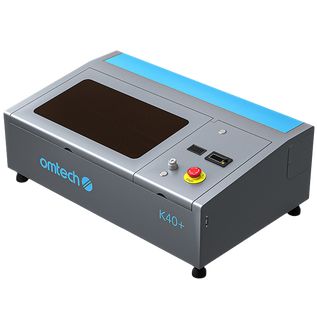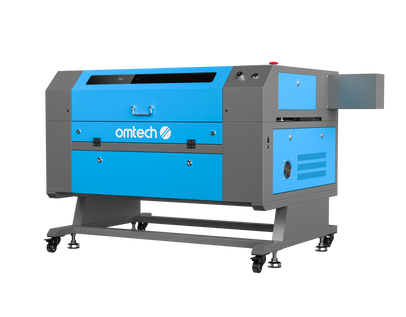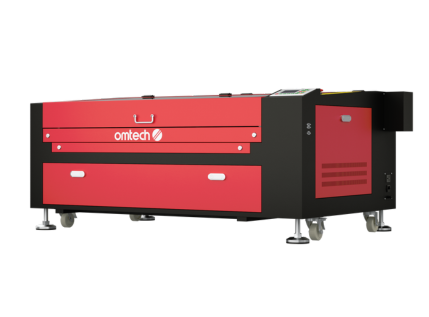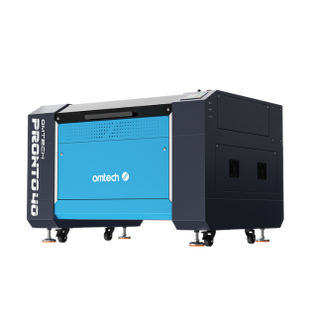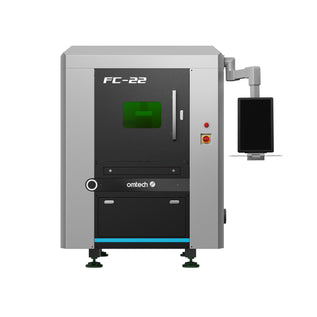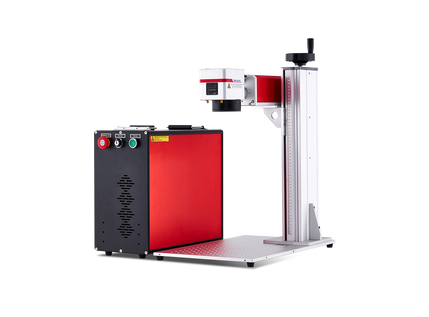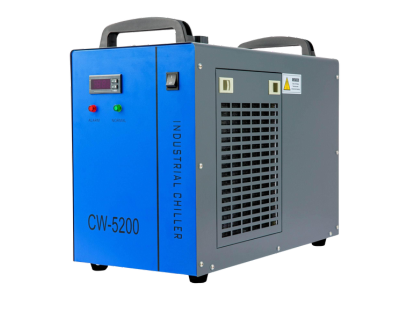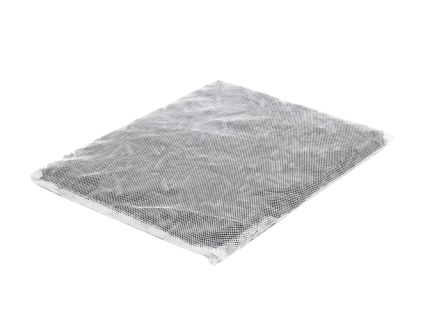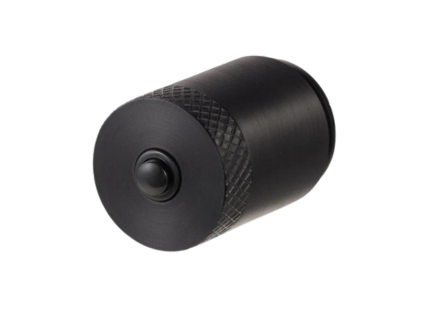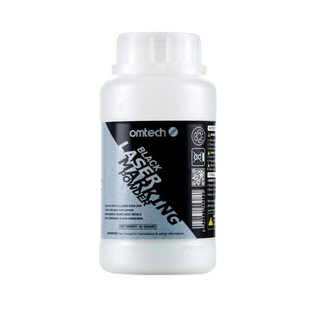Uncover Simple Emergency Stop Procedures and Check-Up Tricks
Laser safety is serious. High-powered equipment can be dangerous if you don’t take precautions. Whether you are doing small, detailed designs or larger projects, it helps to understand the basics.
Safety protects you, your workspace, and your machine. A well-maintained laser engraver runs better and lasts longer. In this guide, we cover simple laser safety tips, emergency stop procedures, and routine checks. You will also learn about essential safety gear and how often to inspect your OMTech Laser.
Knowing your machine, spotting issues early, and following a safety routine are key to safe laser use.
What is a Laser Emergency Stop and Why it Matters
The laser emergency stop is the heart of laser safety. It is a button that immediately stops the laser and cuts power in an emergency.
Why is it important?
- It prevents the machine from running if something goes wrong.
- It protects the operator if an object enters the beam path or if the machine malfunctions.
- It safeguards your investment by preventing damage to the laser and workpieces.
Every operator should know where the emergency stop is and how to use it. Include it in your daily safety checklist to make sure it works reliably.
Routine Safety Inspections and Laser Maintenance
Keeping your laser engraver safe takes regular inspections and proper care. Small checks help prevent big problems.
Here is a simple checklist:
- Visual inspection: Look for damage on the machine, including frayed wires, loose connections, or cracks. Check that panels and doors are secured.
- Safety gear check: Ensure goggles, gloves, ventilation, and fire extinguishers are ready and in good condition. Replace anything missing or broken.
- Emergency stop test: Press the emergency stop to make sure all operations stop immediately. This confirms the system works.
- Cooling system: Fans, water-cooling units, and heat exchangers must work. Overheating can cause breakdowns or hazards.
- Laser alignment: Check the laser beam is aligned correctly. Misalignment can affect engraving quality and cause safety risks.
When to inspect: Quick daily checks are recommended before each use. More detailed inspections should happen monthly.
Straightforward Emergency Stop Procedures
Knowing what to do in an emergency can save time and prevent accidents. Follow these steps:
- Locate the emergency stop when setting up your machine. Make sure all operators know where it is.
- Practice pressing the emergency stop in a safe, low-stress setting. Understand how fast it halts the machine.
- Keep safety instructions visible in your workspace. Use signage, barrier systems, and proximity sensors if possible.
Safety Gear Needed for Laser Use
Personal protection is essential. Always have the following:
- Laser safety glasses to protect your eyes from harmful beams.
- Protective clothing to prevent burns or exposure.
- Ventilation masks if working with fumes or smoke.
- Fire extinguisher nearby for emergencies.
These items work together with your machine checks to ensure a safe workspace.
A Compact Guide to Laser Safety Checks
Whether you are new or experienced, follow these steps for a quick inspection:
- Preparation: Turn off and unplug the OMTech Laser before any checks. Safety first.
- Visual inspection: Examine external components. Look for worn cables, dirty lenses, or damaged covers.
- Operational test: Turn the machine on and press the emergency stop briefly. Make sure the machine stops immediately and resumes normally afterward.
- Fans and ventilation: Check all fans, filters, and exhaust systems. Dust or blockages reduce performance and may cause overheating.
- Documentation: Record your findings in a logbook. Track daily checks, monthly inspections, and maintenance.
- Final review: Run a low-power test project to confirm the machine works properly. Fix any issues before regular use.
Importance of Safety Equipment in Workshops
Modern laser workshops use advanced machines with regulated safety standards. Proper safety gear is non-negotiable:
- Laser safety glasses must be worn at all times.
- Heat-resistant gloves protect against accidental contact.
- Ventilation prevents harmful fumes from accumulating.
Training in safe practices is just as important as wearing gear. Operators should learn how to inspect machines, handle emergencies, and maintain proper safety protocols.
Frequently Asked Questions
Q: How often should I inspect my OMTech Laser?
A: Do a basic check every day before using it. Perform a full inspection once a month. Check cables, emergency stop, fans, and safety gear each time.
Q: What is a laser emergency stop and how do I test it?
A: It is a safety feature that stops the laser and machine power in an emergency. Test it by pressing the button when the laser is idle. Ensure the machine stops immediately and restarts normally.
Q: What safety gear is essential in a laser workshop?
A: At minimum, wear laser safety glasses and gloves. Keep a fire extinguisher nearby. Ensure ventilation is working, especially when cutting materials that produce smoke or fumes.




